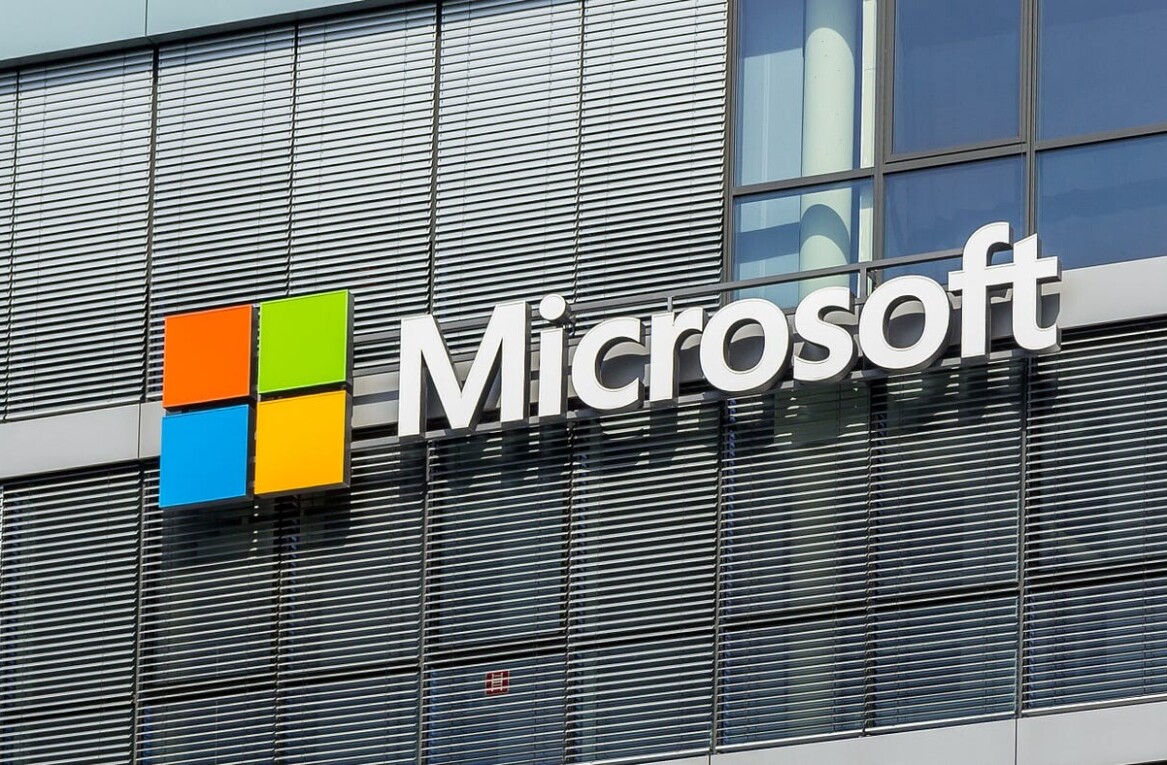
Ah, to be a corporate giant, wrongly maligned in the media. How do you respond? Too sharply and you sound defensive. Too passive and it may come across like you are guilty as charged. Thus the balanced approach.
Microsoft has responded to recent reporting and coverage of data centers in the New York Times both gently, but with sufficient vigor to demonstrate how wrong the company views the premises and conclusions that the stories contained.
We begin with Microsoft’s response to the charges concerning average data center utilization, implicating its supposed energy efficiency [Bold, formatting: TNW]:
The first installment of the Times series looked at the energy usage of a wide range of data centers around the world. While the article identifies the key issues of efficiency and utilization, it conflates these two key but distinct challenges, wrongly implying that underutilization of servers in data centers equates to unneeded consumption of massive amounts of energy. In doing so the article fails to recognize that not all data centers are created equal, nor are the operations and software applications running inside those data centers equally utilized.
Several other news and industry observers have raised questions about some of the analysis, in particular the way the article doesn’t draw distinctions between modern, state-of-the-art data centers managed by global cloud service providers and smaller, older data centers managed by corporate IT departments.
This is a critical complaint, almost akin to dinging every driver of a car on the road for being fuel inefficient, but making no distinction between the person who owns Prius and not a Hummer.
This was a mistake pointed out nearly immediately in the wake of the article. It was an oversight large enough that Forbes, in one of the pieces that Microsoft linked to above, had this to say:
In its story published today, “Power, Pollution, and the Internet”, The New York Times failed in its mission to accurately explain the important issue of improving efficient use of power in data centers, and instead wrote a confused and incomplete article that is unworthy of its reputation.
Microsoft’s post goes on from this point to discuss its belief in cloud services, hybrid data centers, and building new technology. If you want an overview of how Microsoft views the space, it’s a somewhat interesting read.
It’s next response to the New York Times is personal. The Times wrote about how a Microsoft data center in Washington ran up its energy tab, quoting NeoWin, “simply to avoid paying a fine to the local power utility.” Given the supposed – and somewhat off the mark – green aura that technology companies are often painted with, such an action would be a faux pas.
Microsoft points out that using a single example to attempt to detail a pattern of heavy energy usage is ridiculous, and that it is cognizant of what such actions cost it:
The second Times installment looked at the town of Quincy, Washington, home to a number of large data centers, including those operated by Microsoft, Yahoo, Dell and others. The article uses what we believe are a few isolated situations to paint a negative picture of the relationship between big data center operators, including Microsoft, and the local community. […]
One section of the article implies that Microsoft has run its diesel backup generators in excess of what is required to provide safe, reliable power to our data centers. We would respectfully disagree. Diesel generators are a costly alternative to grid-supplied power. The cost to run generators is several times higher than power purchased from the grid. And that doesn’t account for the costs associated with purchasing, installing, and maintaining the generators
Furthering its defense Microsoft goes on to point out the jobs that it brought to the local community where that data center is located. Part of its work in the area was building the city a new water treatment plant, that it leased to the city for a pittance.
In short, Microsoft isn’t cool with being held up as a symbol of technological waste.
As a final note, having the cutting edge of technology being criticized for energy inefficiency by a company that still prints and ships newspapers I find ironic.
Top Image Credit: Robert Scoble
Get the TNW newsletter
Get the most important tech news in your inbox each week.




